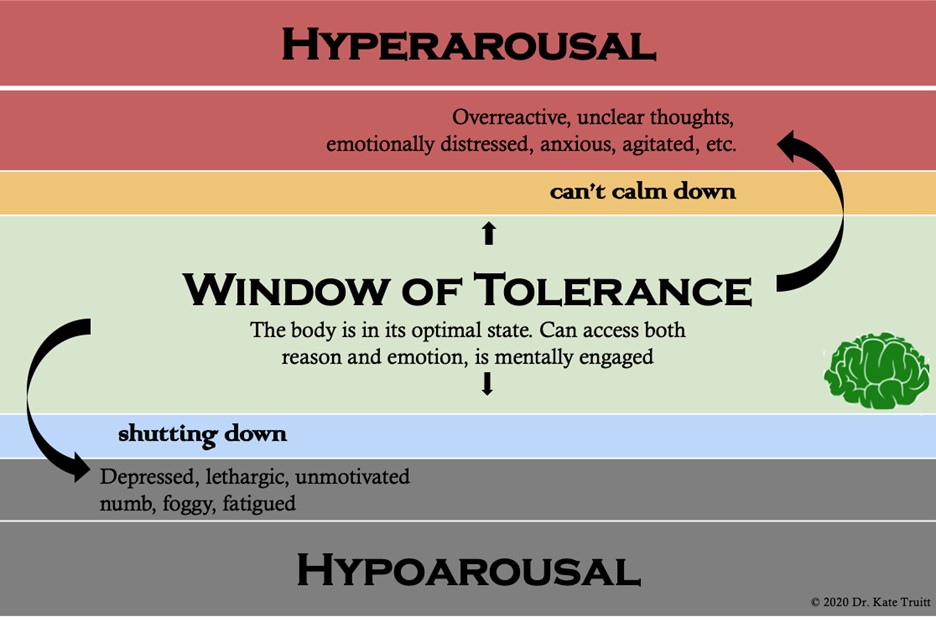In this short video Dr. Kate will introduce you to an easy brain hack for reducing stress and enhancing agency in order to get things done. Come learn how to take control of your brain through the power of neuroplasticity. A healthy brain is mandatory for living your most successful life. Let’s beat burnout together and build your successful brain care program! It’s time to Live Your Excellence.















